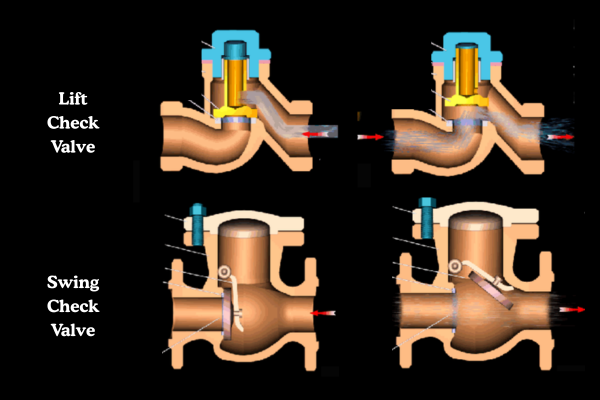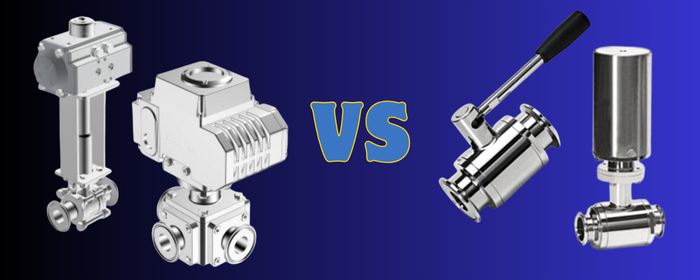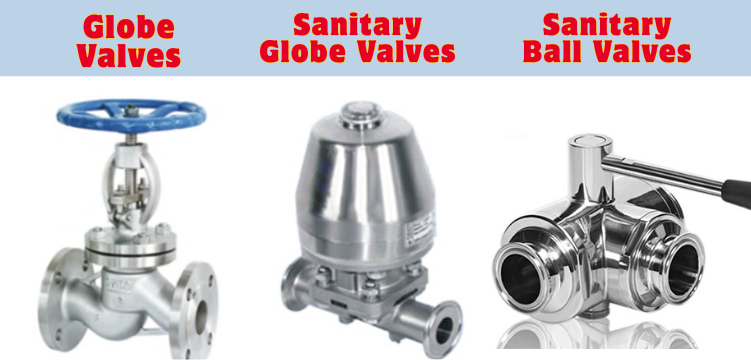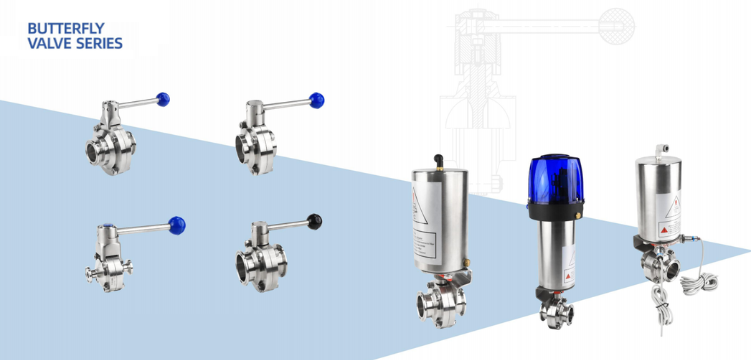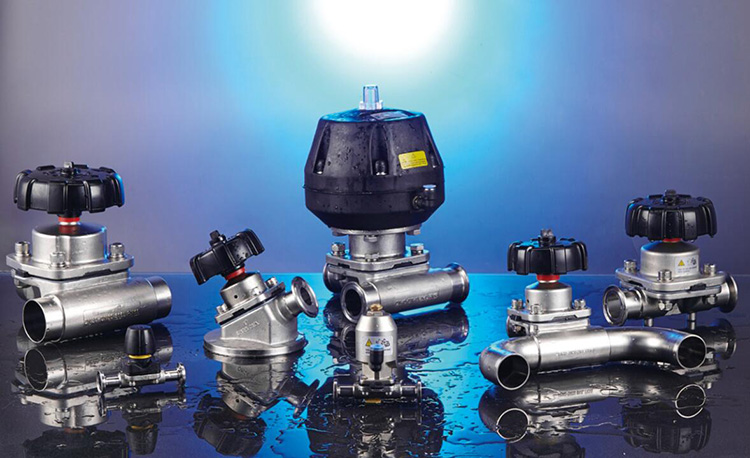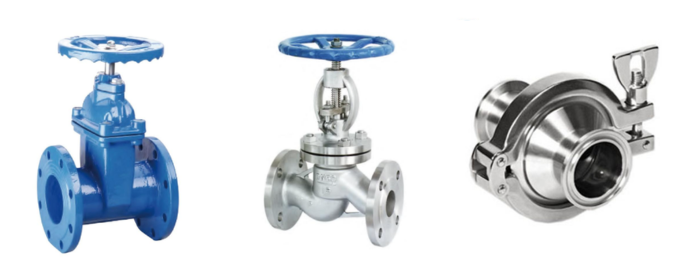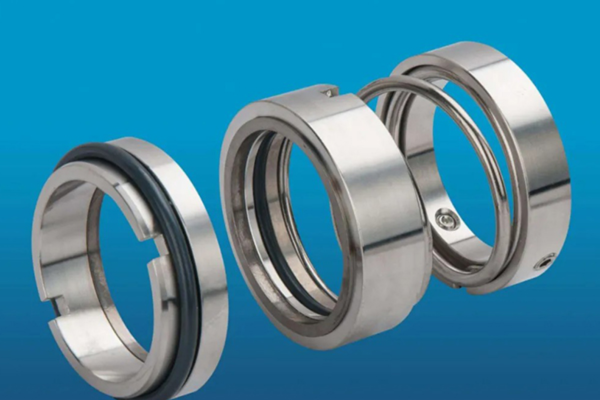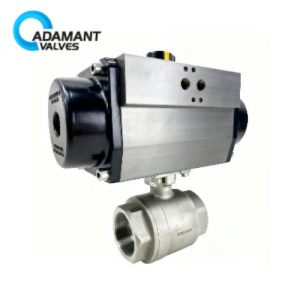Category: Sanitary Valves News
Pressure Relief Valves and Pressure Reducing Valves: Knowing Their Roles
In plumbing and process systems, the management of fluid pressure goes beyond just issues of performance-it is a basic safety requirement. Even though these valves have similar-sounding names, pressure relief valves and pressure reducing valves serve two entirely different purposes. Confusing them is not merely a technical mistake, but can be a critical safety lapse. […]
Read moreAre Pressure Relief Valves the Same as Safety Valves?
According to U.S. standards and regulations, Safety Valves and Pressure Relief Valves are a family of valves applied for different purposes. There are some key differences between them in application and working principles. While both are overpressure protection devices, safety valves are designed for gas or steam and open instantly to full capacity. In contrast, […]
Read moreSingle Check Valve vs. Double Check Valve
What is a Single Check Valve? A single check valve, as the name suggests, usually consists of a single flap. The flap is fixed to the valve cover and operates by rotating to open or close the valve. When fluid flows forward, the flap rotates upward to open the valve, allowing fluid to pass through […]
Read moreTitanium vs. Stainless Steel Sanitary Ball Valves
Choosing the right materials is a critical decision, since it directly impacts the quality of sanitary ball valves. Titanium and Stainless Steel stand out because of their superior performance. While both are excellent, they serve different purposes. Understanding their unique properties will guide you to the correct choice. Stainless Steel Sanitary Ball Valves Stainless steel […]
Read moreBuying Guide: Understanding the Types of Sanitary Ball Valves
Clamp-type, weld-type, three-piece, full bore… There are various types and choices for sanitary ball valves. So, what are the characteristics of each type, and what other types of sanitary ball valves are available besides these? Classification by Connection Type The connection type is the primary dimension when selecting a sanitary ball valve. It directly relates […]
Read moreGlobe Valves vs. Ball Valves
Globe valves excel in precise flow control & throttling, while ball valves are ideal for quick on/off service with minimal pressure drop. Differences between Globe Valves and Ball Valves 1. Different Working Principles A Globe Valve has an internal disc that moves up and down, acting like a plug, and a seat. By rotating the handwheel, the […]
Read moreWhat Are the Types of Sanitary Butterfly Valves?
Sanitary butterfly valves are widely used in industries such as food, beverage, pharmaceuticals, and bioengineering. Their core design principles focus on being dead-leg free, easy to clean, sterilizable, and corrosion-resistant. What Does “Sanitary Grade” Mean? More Than Just Clean Unlike common water taps or industrial valves, “sanitary grade” represents a set of extremely stringent design […]
Read moreHow A Sanitary Diaphragm Valve Work
Sanitary diaphragm valves are a virtual necessity in the manufacturing processes of the food, beverage, pharmaceutical, and cosmetics industries. What is a Sanitary Diaphragm Valve? A diaphragm valve is a special type of shut-off valve designed for the highest sanitary standards. Its opening and closing part is a diaphragm made of soft material. It is […]
Read moreGate Valve vs. Globe Valve vs. Check Valve – Principles, Applications, and Differences
Gate valves, globe valves, and check valves are three of the most fundamental and common types of valves. While their external appearances can sometimes be similar, their internal structures, working principles, and core missions are distinctly different. What is a Gate Valve? A gate valve is intended for the ON/OFF operation of fluid flow, involving […]
Read moreSealing Technology for Sanitary Valves: Dynamic Sealing and Static Sealing
The sealing performance of sanitary valves is crucial, as issues like leakage, spurting, dripping, and seeping often originate here. Based on whether there is relative motion between the sealing surfaces, seals can be categorized into dynamic seals and static seals. What is a Dynamic Seal? A dynamic seal refers to a seal achieved between components […]
Read more


